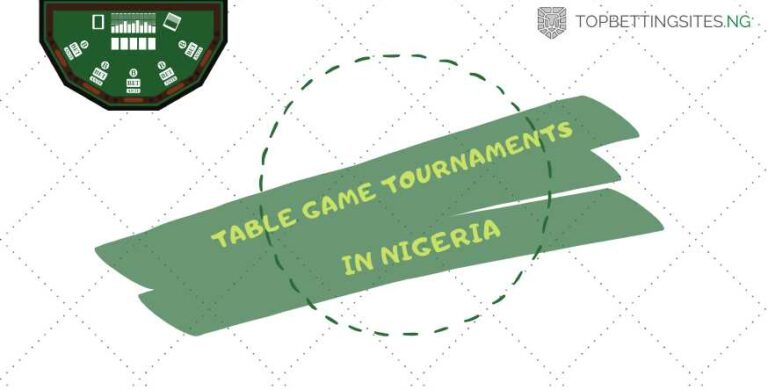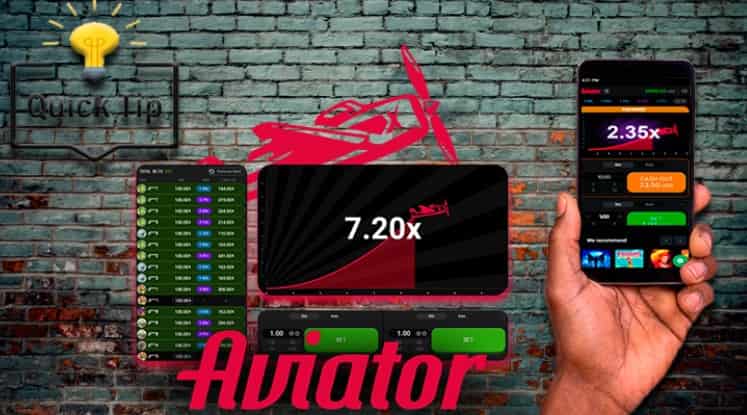Poker tournaments follow a structure that is already set by the casino or online poker room. This includes the buy-in, blind levels, late registration period, and payout percentages.
Structure can vary across games so, as a player, it’s important to understand at least the basics for each tournament you take part in.
Thankfully, this information is readily available whether you are playing live or online. You just have to know what to look for.

Where to find info on tournament structure?
Before we talk about the details of tournament structure, first you’ll want to know where to look to find the information.
When playing live poker, the screens around the room will display the tournament structure. They will show the blind levels and clock, along with payouts if they have been released. If you’re looking for something more specific, then feel free to ask the floor staff.
When it comes to online poker, finding information on tournament structure is even easier. You can simply click on the tournament lobby of any game that you are playing or want to play to give you a pop-up with all the details.
Blind levels and tournament speed
Now that you know where to look, it’s time to learn what to actually look for and why. Before we outline all of the aspects of tournament structure, there’s one particular piece of the puzzle that’s worth zooming in on because it dramatically influences gameplay. The blind levels and speed of the blinds.
All players at the tables have to pay compulsory bets known as the small blind and big blind, once each per orbit. In tournament poker, these blind levels increase at regular intervals.
What this means is that as the game progresses, the blinds will put more and more pressure on yours and your opponent’s stacks, forcing the action. Blind levels and the speed that they rise, therefore, impact the overall pace of the game.
When choosing a poker tournament, be aware of the different speeds of game. They are:
- Regular – blind levels rise at a typical speed, which is around 10 minutes online
- Turbo – blind levels go up much faster, typically 5 minutes online
- Hyper turbo – blind levels are very fast, around 3 minutes
- Slow – in special events, tournaments may have slow structures with very generous blinds
Regular and slow speeds are ideal for those who are happy to play for many hours, while Turbo Poker tournaments are perfect for players who have less time to spare or want to concentrate in shorter bursts. These latter feature rapidly increasing blinds and shorter overall durations, creating a high-pressure environment where quick decisions and aggressive play are rewarded.
Understanding poker tournament structure
The speed of the tournament is undoubtedly one of the main aspects, but there are many components that come together to form the overall structure. Here cogs in the wheel:
- Buy-in – This is the total amount you will pay for entering the tournament. It includes any rake and fees. Once you have bought in for the tournament, your cash is exchanged for chips that are used during gameplay.
- Starting stack – Your starting stack is the amount of chips you will be given in exchange for your buy-in. Bigger stacks make for a longer game and more postflop action, while shorter stacks will make the tournament reach the later stages faster. Stack sizes are always though of in relation to blinds.
- Blind levels – The first blind level will tell you how deep your starting stack really is. For example, if you start with 10,000 chips and the big blind is 100, you have 100 big blinds. As mentioned, keep an eye out for the speed of the tournament and whether it is turbo.
- Number of entries – This is the current number of people who are registered in the tournament. The structure may also outline the minimum number of entries needed to run and the maximum that can register.
- Prize pool – The prize pool tells you the overall amount of money that can be won in the tournament. It is made up of the total buy-ins minus any rake and fees.
- Payouts – Before the end of registration, payout percentages will be available to tell you how the prizes break down depending on the number of entries. Once registration is closed, the full list of payouts will be released so that you know what each position stands to win.
- Additional information – There’s other pieces of information available in the tournament lobby, including break intervals, late registration times, details on rebuys and add-ons, bounty information, time banks and more.
You can see from this that tournament structure really does make a difference and it can vary greatly depending on the game you are playing.
There are lots of ways to improve your poker game and this is just one. It’s important to understand tournament structure so that you can choose the right game for you and so that you know what to expect when you sit down at the tables.



